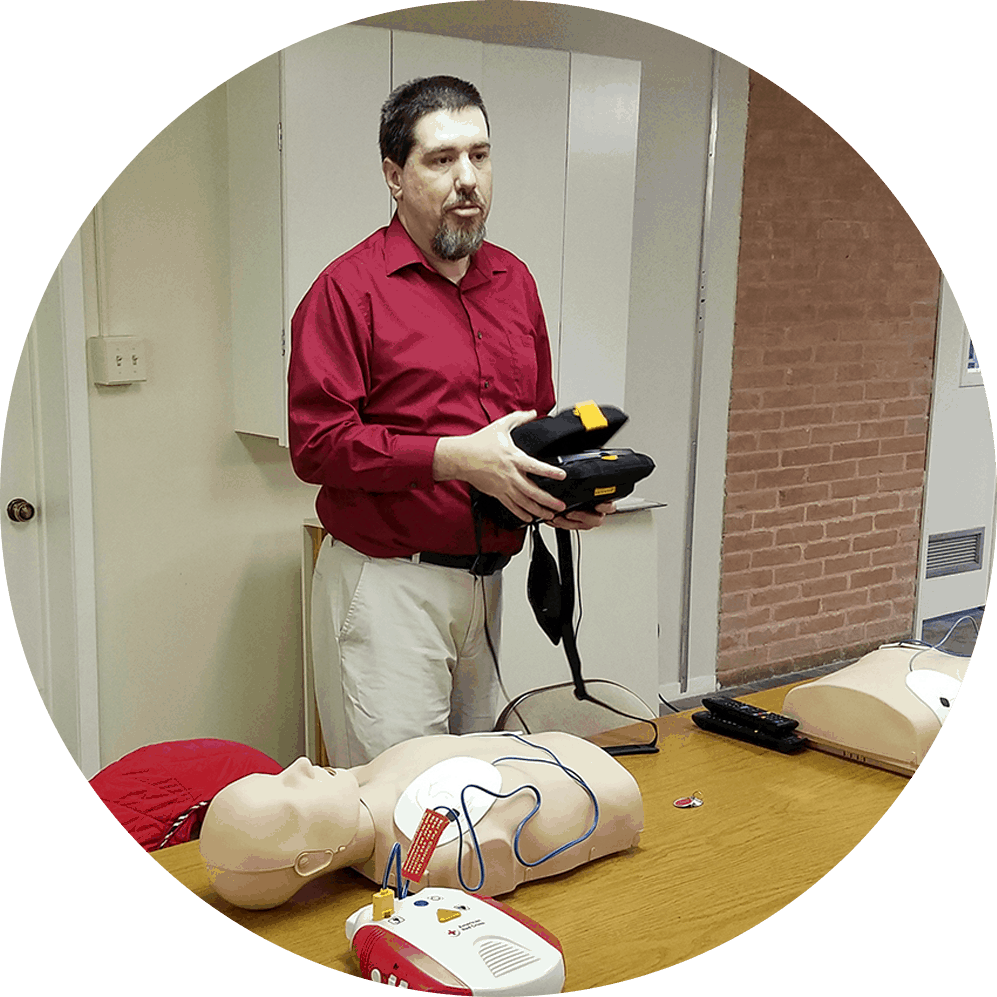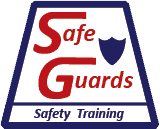Recognize and respond to cardiac and breathing and first aid emergencies. This class provides the knowledge and skills to provide immediate care and decide if advanced medical care is required.
American Red Cross
First Aid / CPR Training & Certification
2-Year Certification Issued After Successful Course Completion
3 Easy Steps To Get Your Red Cross CPR Certification
- Register For Your Class
- Complete Your Course
- Receive Your 2 year CPR Certification Certificate


American Red Cross
First Aid / CPR Training & Certification
The basics of saving a life for lay responders, covering recognizing and responding to a heart attack, breathing emergencies, bleeding injuries, and more. A variety of options are available, including options for both for in-person training or online/classroom hybrid training, as well as training in English or in Spanish.
Minimum Students: 4
Maximum Class Size: 12 students
Certification: 2-Year Certification Issued After Successful Course Completion
Cost: $75 for adult CPR training
+Add First Aid Skills & Pediatric CPR for $24
Course Overview
In order to complete the course, students must be in attendance from start to finish and demonstrate the ability to perform lifesaving techniques during in a simulated environment. There is no mandatory written test, but one can be provided for clients who request one (if given, the written test must be passed with a score of 80% or better on all components of the multiple-choice test). Course completion provides a certification card good for 2 years.
Topics Covered In This Class
- Before Giving Care – The preparation steps for responding to emergencies. Topics will include assessing situations and potential patients, how and when to call for emergency services, and how to get ready to act.
- CPR – Students will learn how to recognize and respond to symptoms of a heart attack, how to differentiate heart attack from cardiac arrest, and practice performing CPR with chest compressions and rescue breaths to sustain life in a patient that has suffered a cardiac arrest.
- AED – Building off knowledge learned during the CPR section, students will learn the basics of using an automated external defibrillator: techniques that can be applied with nearly any of such devices they encounter. The basic steps of using the device, as well as some common dos-and-don’ts will be discussed and put into practice.
- Choking – This lesson will cover one of the most common life-threatening emergencies that lay responders can encounter; both how to recognize when someone is choking and how to perform back blows and abdominal thrusts to dislodge an object.
- Sudden Illnesses – In this section, first aid for a wide variety of illness-related topics will be covered: breathing emergencies, fainting, diabetic emergencies, seizures, and strokes.
- Injuries – Students will experience additional lessons on first aid for injuries. Dealing with bleeding and bandaging wounds will be covered in addition to discussion of burns, injuries to muscles, bones, and joints, and what to do for potential head or spinal injuries, including concussions.
- Environmental Emergencies – The final first aid module will cover how to respond to illness and injuries caused by heat and cold, as well as poisoning.
